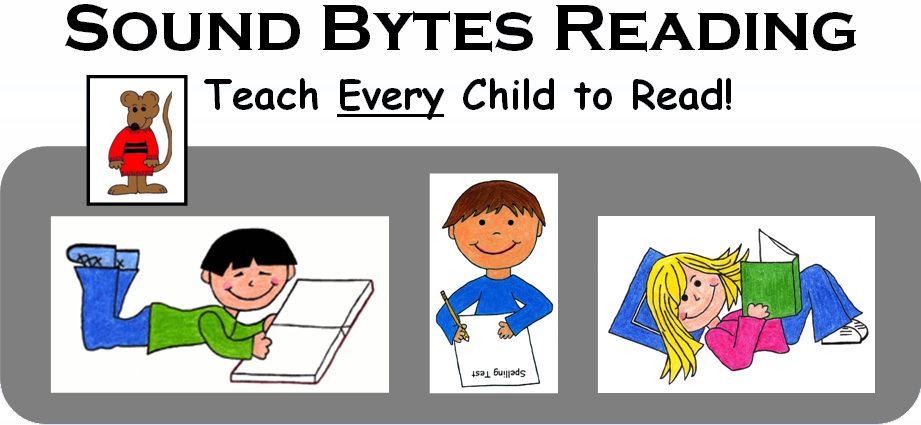The Brain – Processing Patterns and Learning to Read
 Our brains are programmed to perceive patterns. Many people enjoy puzzles, whether they are jigsaw puzzles or manipulative puzzles or Sudoku puzzles. They all involve patterns. Art often uses patterns. Architecture and landscaping often follow patterns and they are more pleasing to the eye when certain patterns are followed to achieve visual balance.
Our brains are programmed to perceive patterns. Many people enjoy puzzles, whether they are jigsaw puzzles or manipulative puzzles or Sudoku puzzles. They all involve patterns. Art often uses patterns. Architecture and landscaping often follow patterns and they are more pleasing to the eye when certain patterns are followed to achieve visual balance.
Math follows patterns. Many children who are poor readers do very well in math (except for reading the word problems) because math follows a pattern and if they understand the pattern, it makes sense. Algebra students soon find out that if they do not follow the correct pattern—the order of operations, they will not get the correct answer.
Reading involves patterns also, although many people who teach reading do not understand the patterns as well as we would like. Students who are very good in math enjoy the logic and sequence of math. What about the logic and sequencing of reading instruction? How does pattern perception in the brain affect learning to read?
The brain recognizes patterns. When children understand the spelling patterns contained in words, it makes sense and they will remember what they learn. If we teach phonics, reading, and spelling together logically and sequentially, one piece of the pattern at a time, students will understand it and they will learn to read well. But if we teach reading randomly by picking up a book and just pointing out words, many students will not learn to read well. Reading does not make sense to many kids when presented randomly. Just as we do not expect students to multiply before they know how to add, we should not expect students to learn to read without teaching it step-by-step, in a logical pattern.
How can reading be taught in a sequential pattern? First, teach some letters and the sounds they make, such as: a, t, s, c, f. Build on that by making words with those letters such as: cat, fat sat. Then teach students to blend the sounds of the letters to pronounce the words. Take it a step further, and teach a sight word like “A,” and make a sentence with your new words like this: “A fat cat sat.”
This kind of reading instruction is presented in a logical sequential pattern and it makes sense to students. It is easy to remember because all of the instruction is related. Instead of teaching separate phonics lessons and handwriting practice with letters and words that are unrelated to the stories a child is reading, use the same letters and sounds students are learning in phonics lessons to sound out words, teach spelling, and to read stories. The same path in the brain is now being used for phonics, reading, and spelling so it will be a stronger pathway.
Each new lesson should add to and build on the previous lesson. This type of instruction makes learning to read easy and fun, just like putting a puzzle together. It makes sense. When we teach students to read by helping them build logical step-by-step patterns in their brains, they become strong successful readers.
